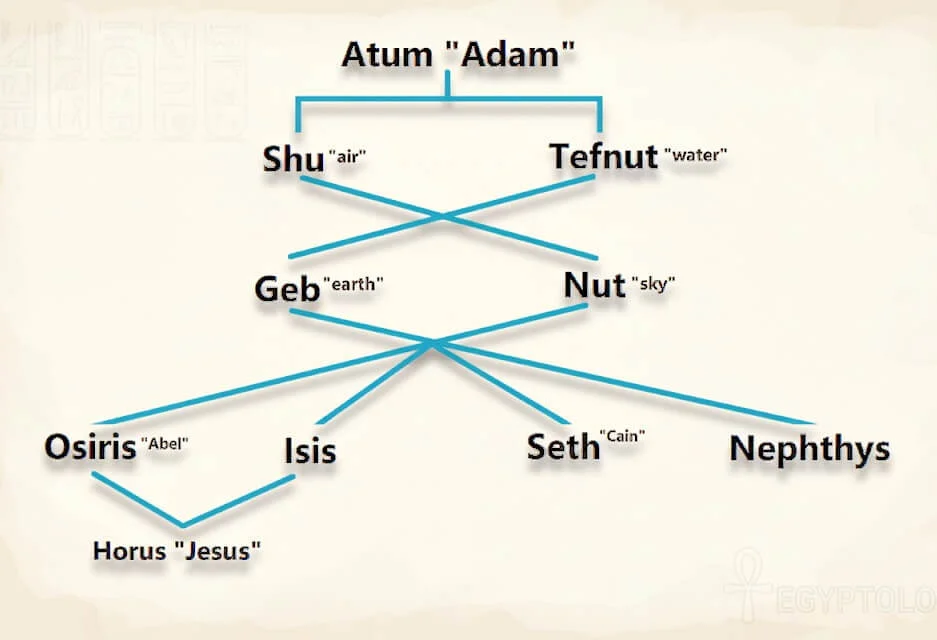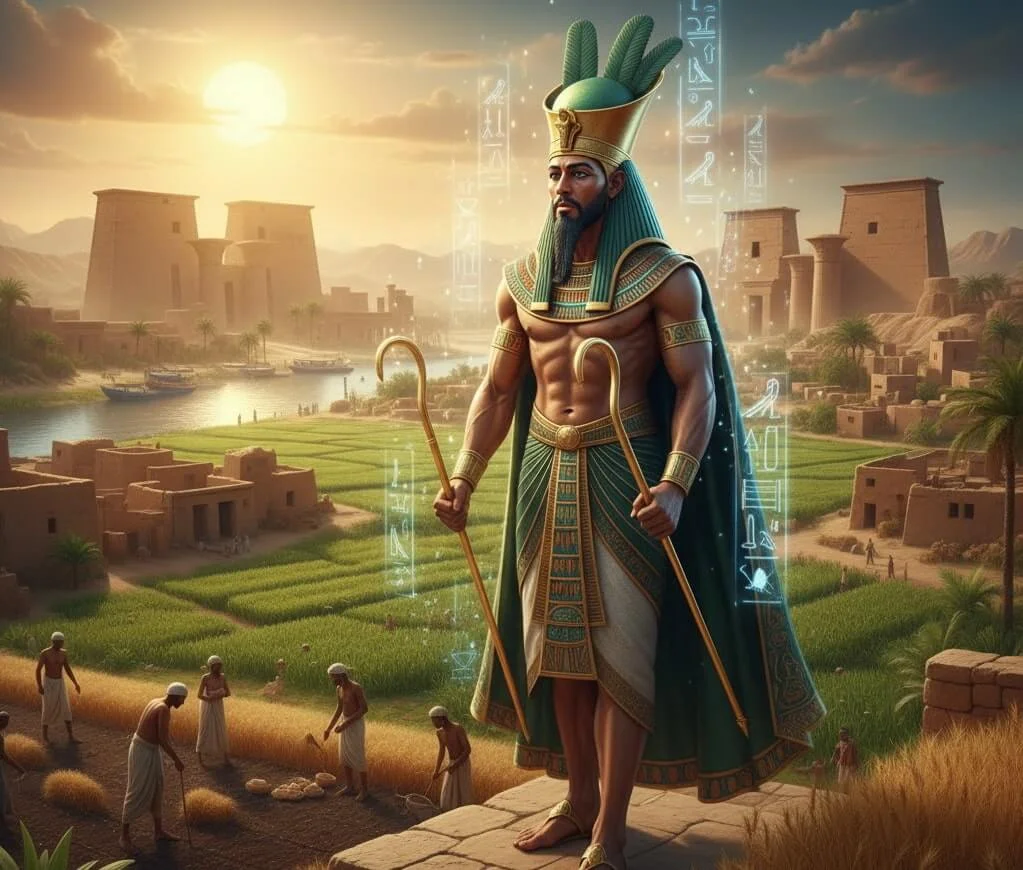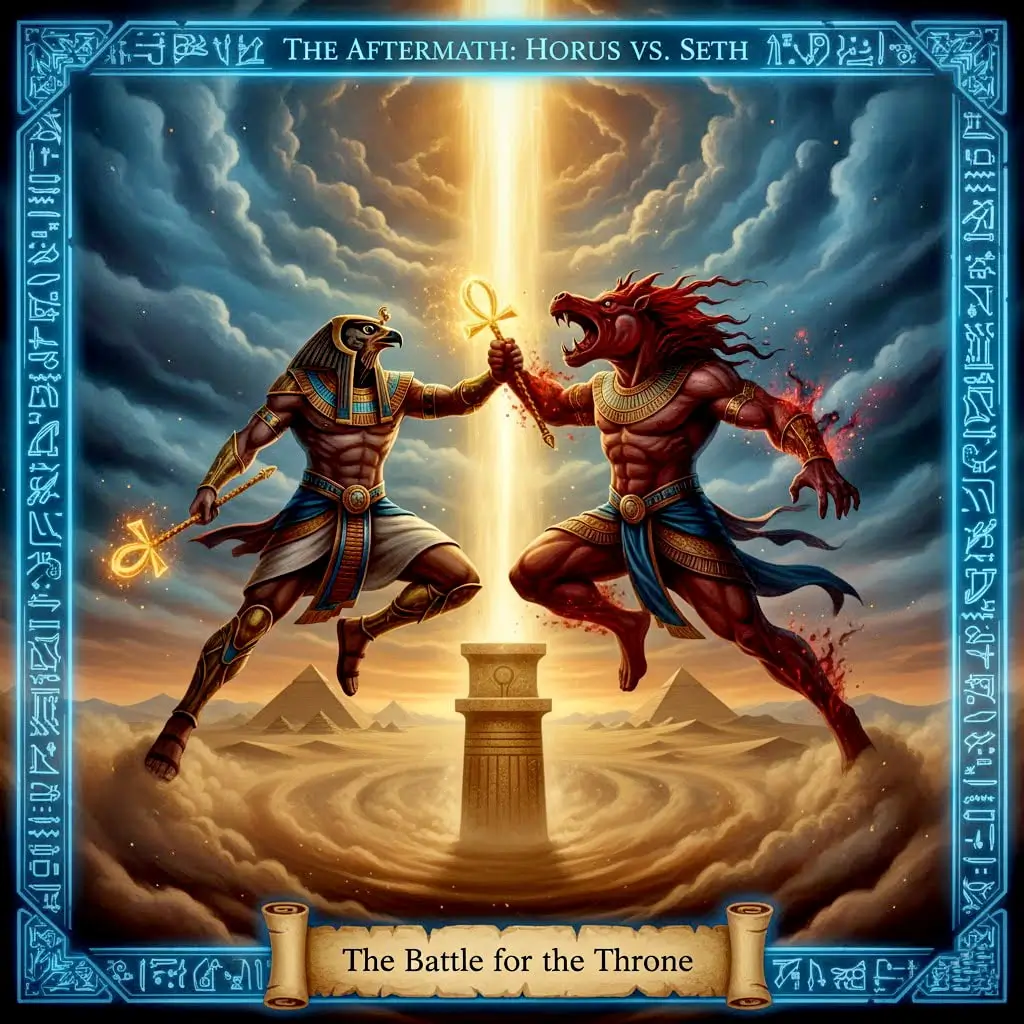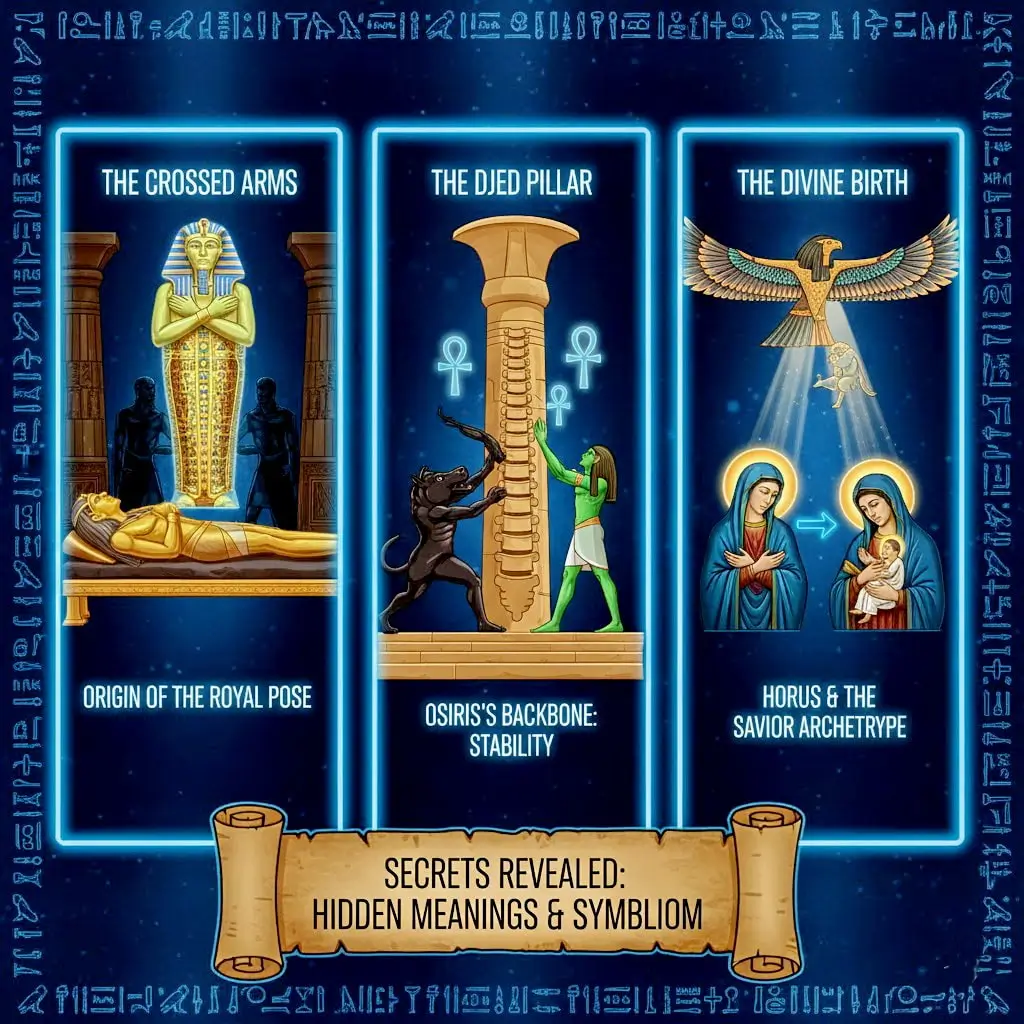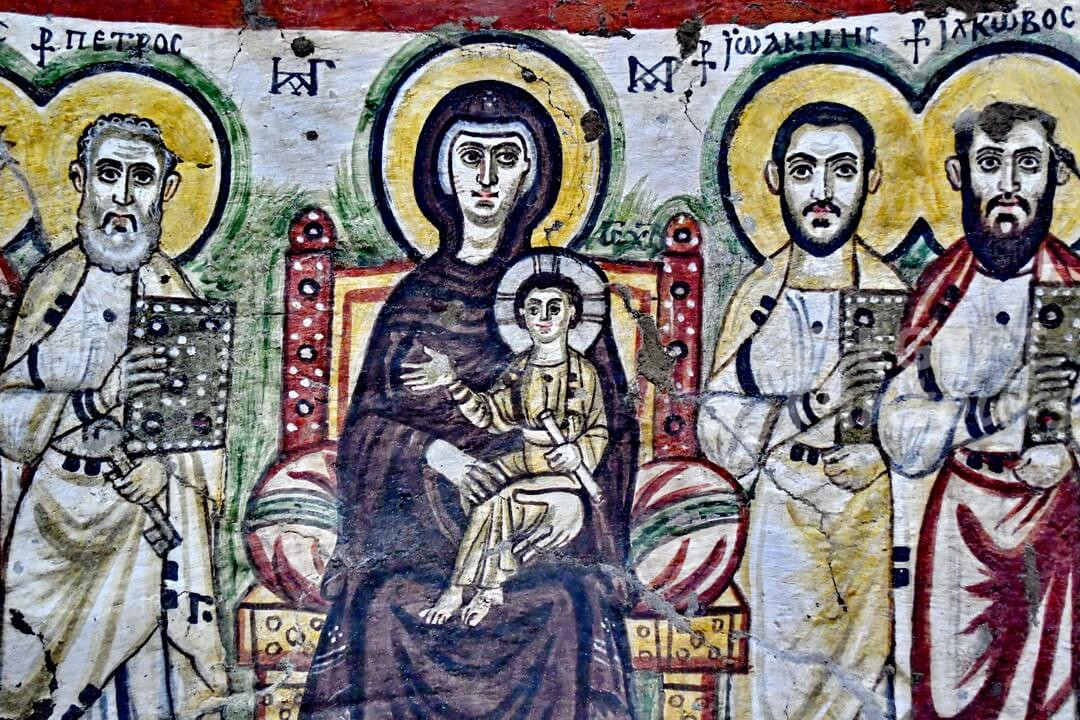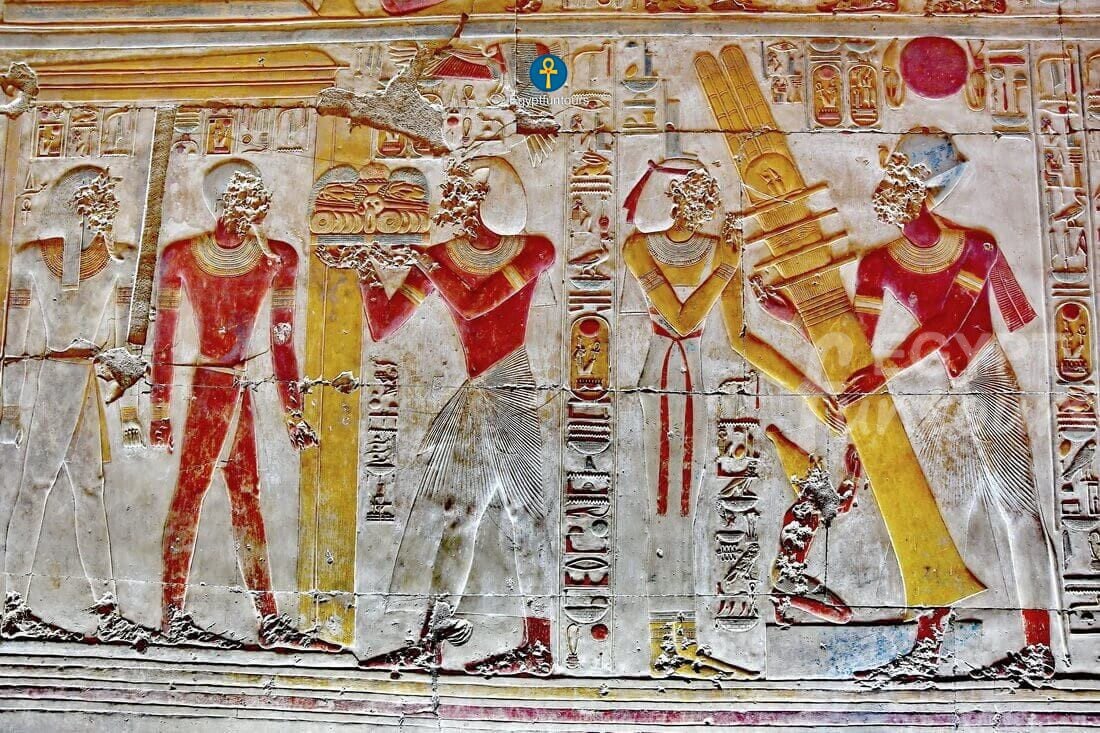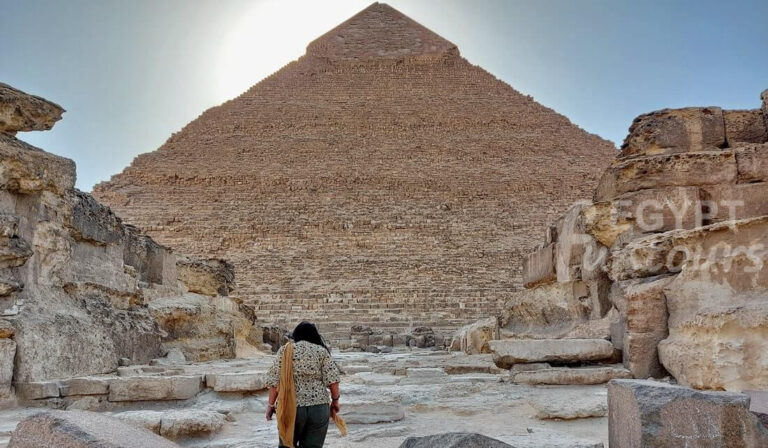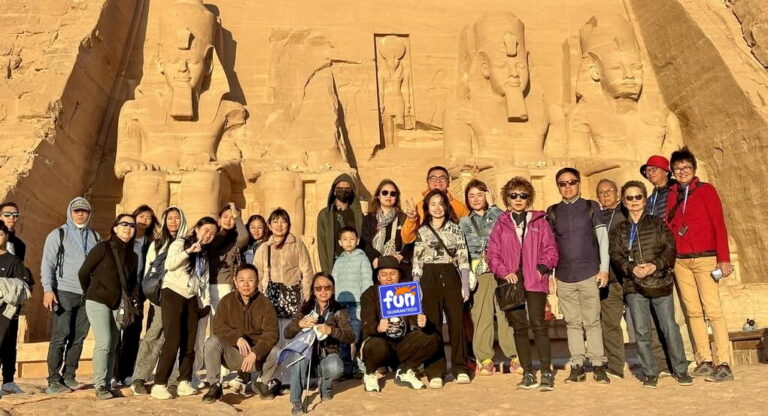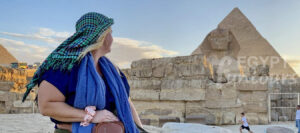The Quest of Isis: A Journey to Byblos
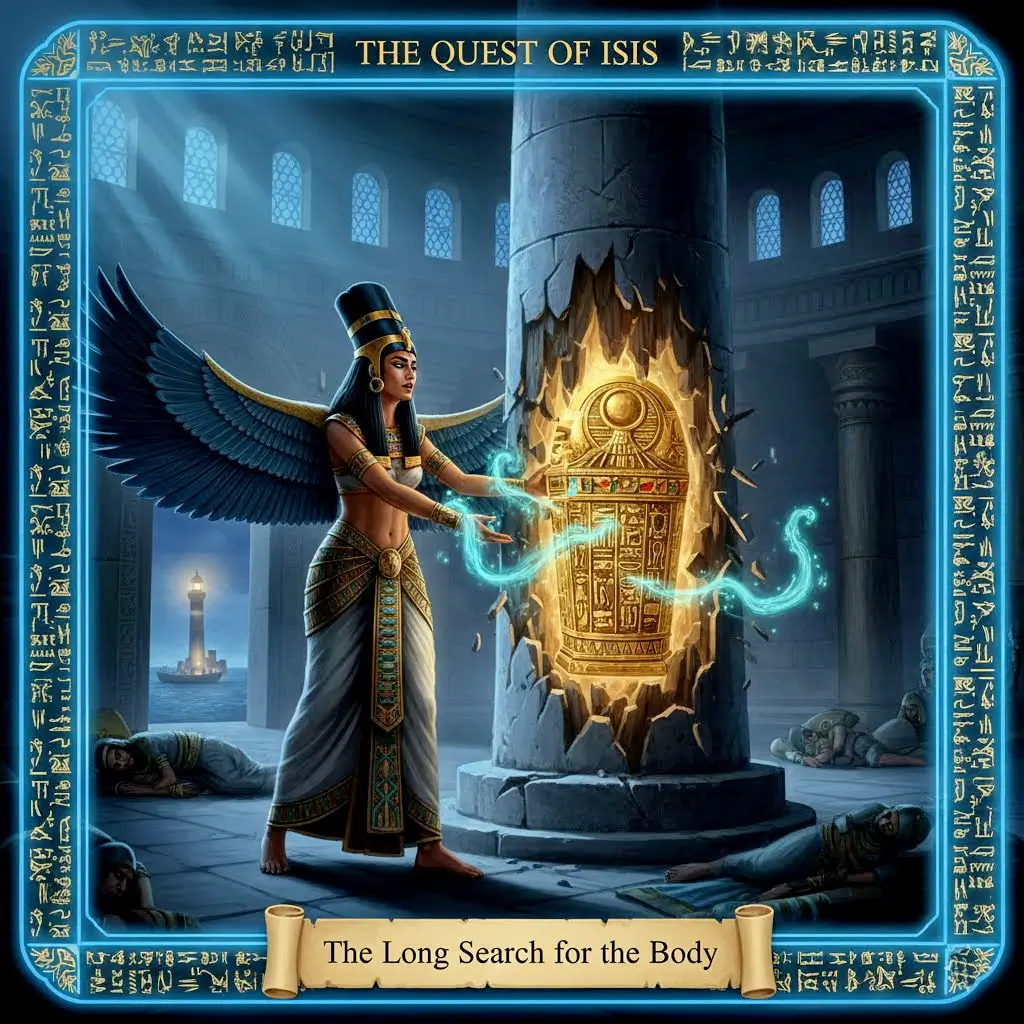
Following the betrayal at the dinner party, chaos descended upon Egypt. While Seth seized the throne, Isis refused to accept her husband’s fate. Driven by undying love and grief, she embarked on a desperate, solitary quest to recover Osiris’s body before it was lost forever.
The Coffin in the Tree
Suspecting foul play, Isis followed the current of the Nile north, eventually tracking the coffin all the way to the Mediterranean Sea. The waves carried the chest to the distant coast of Byblos (in modern-day Lebanon).
There, a miracle occurred. A massive tamarisk tree grew rapidly around the chest, completely enclosing it within its trunk. Unaware of the god hiding inside, the King of Byblos admired the magnificent tree and ordered it cut down. He used the massive trunk—still containing Osiris—as a central pillar in his palace.
Legend of Osiris: The Goddess in Disguise
Through her magic, Isis sensed Osiris’s location and traveled to Byblos. To enter the palace unnoticed, she disguised herself as a beautiful woman seeking work. Charmed by her grace and mystery, the Queen of Byblos hired her on the spot, often said to be as a nursemaid for the royal child.
One night, while the palace slept, Isis shed her disguise. She revealed her true power and began to cut open the wooden pillar. Finally, she freed the coffin from the tree trunk. However, her victory was bittersweet; upon opening the chest, she confirmed her worst fear—Osiris was indeed dead. Heartbroken but determined, she returned the body to Egypt, hiding it in the marshes of the Delta to prepare for a proper burial.
Dismemberment and the First Mummy
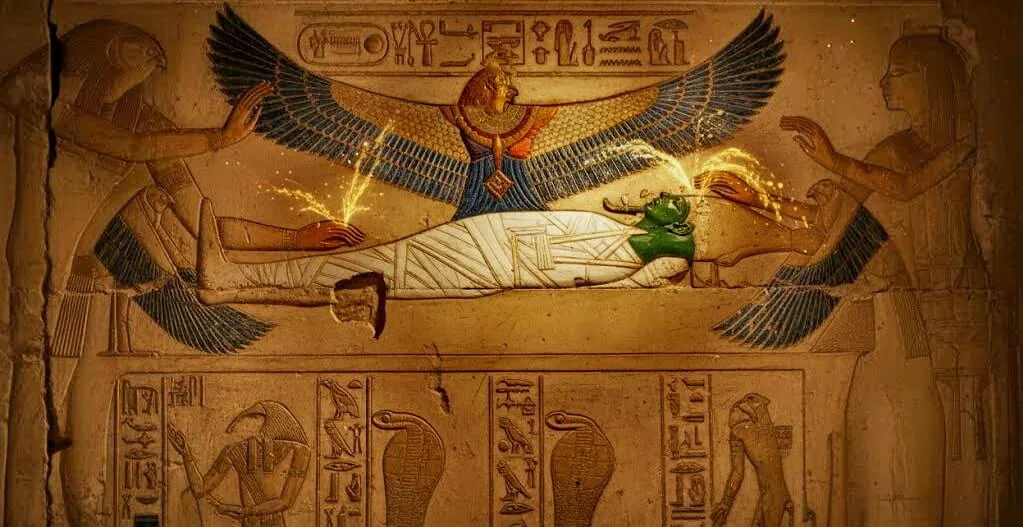
Just when it seemed Isis had won, tragedy struck again. Seth, ever vigilant and consumed by hatred, discovered Isis hiding with the body in the Delta marshes while he was out hunting by moonlight.
The 14 Pieces
Enraged that his brother’s body was intact, Seth stole the corpse. This time, he vowed to destroy Osiris forever. He hacked the body into 14 pieces (some legends say 15 or 16) and scattered them all across the length of Egypt, tossing them into the Nile so they could never be reunited.
The Reassembly
But Seth underestimated the power of love and magic. Isis, joined by her sister Nephthys, refused to surrender. Transforming into mourning kites (birds), they flew across the country, tirelessly searching for every fragment of the king.
Remarkably, they found every single piece—except one (the phallus, which had been eaten by a fish). Undeterred, Isis fashioned a replacement from gold and used her powerful magic to bind the broken body back together.
The First Mummy
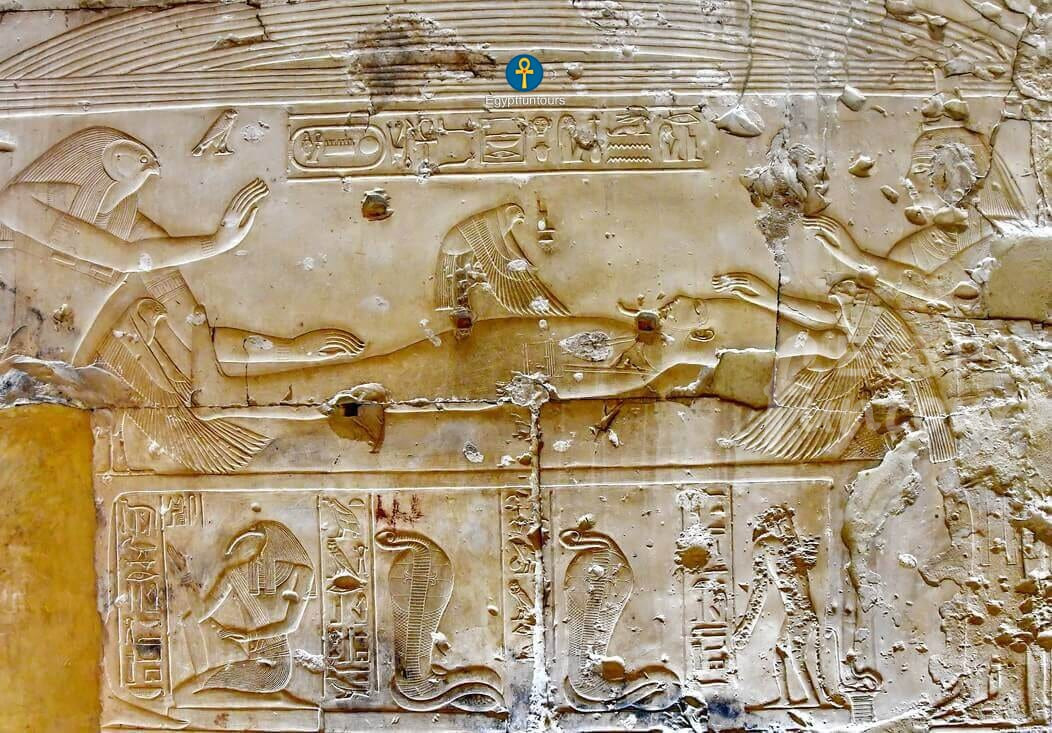
This moment marks the origin of Egyptian burial customs. Anubis, the jackal-headed god, helped Isis wrap Osiris’s reassembled body in linen bandages to hold it together. In doing so, they created the first mummy in history. Because of this act, Osiris became the Lord of the Dead, promising eternal life to all Egyptians who followed this ritual.
The Falcon Birth

With the body whole again, Isis performed her greatest feat of magic. She took the form of a female falcon (a kite). Hovering over the mummified body of her husband, she magically received his seed. From this miraculous union, she conceived a son: Horus, the falcon-headed avenger who would rise to challenge Seth.

